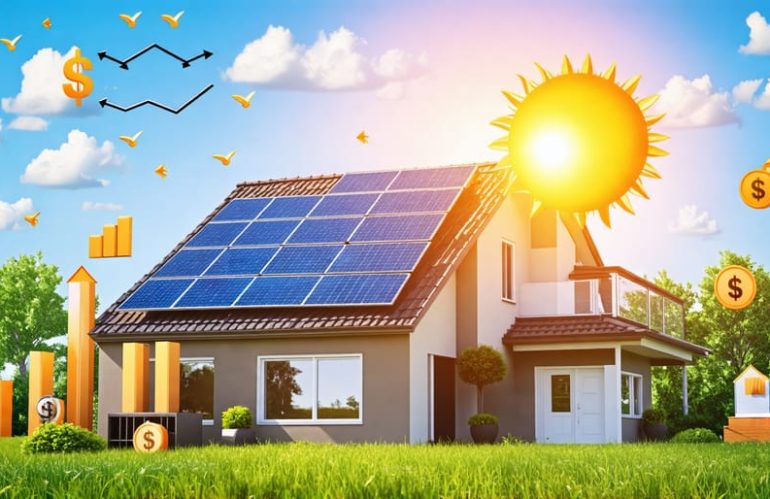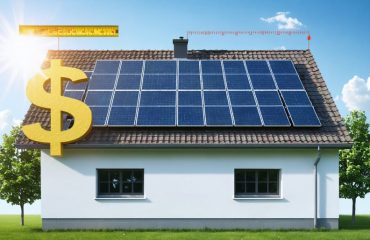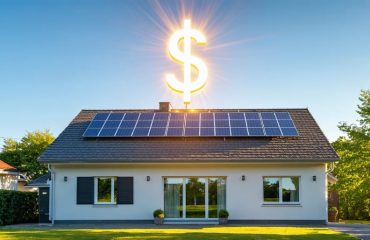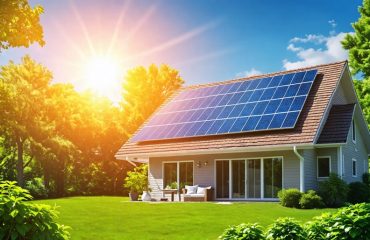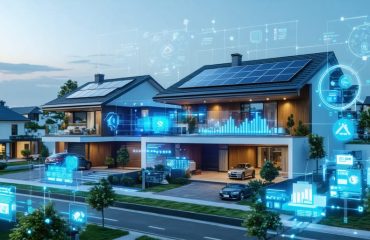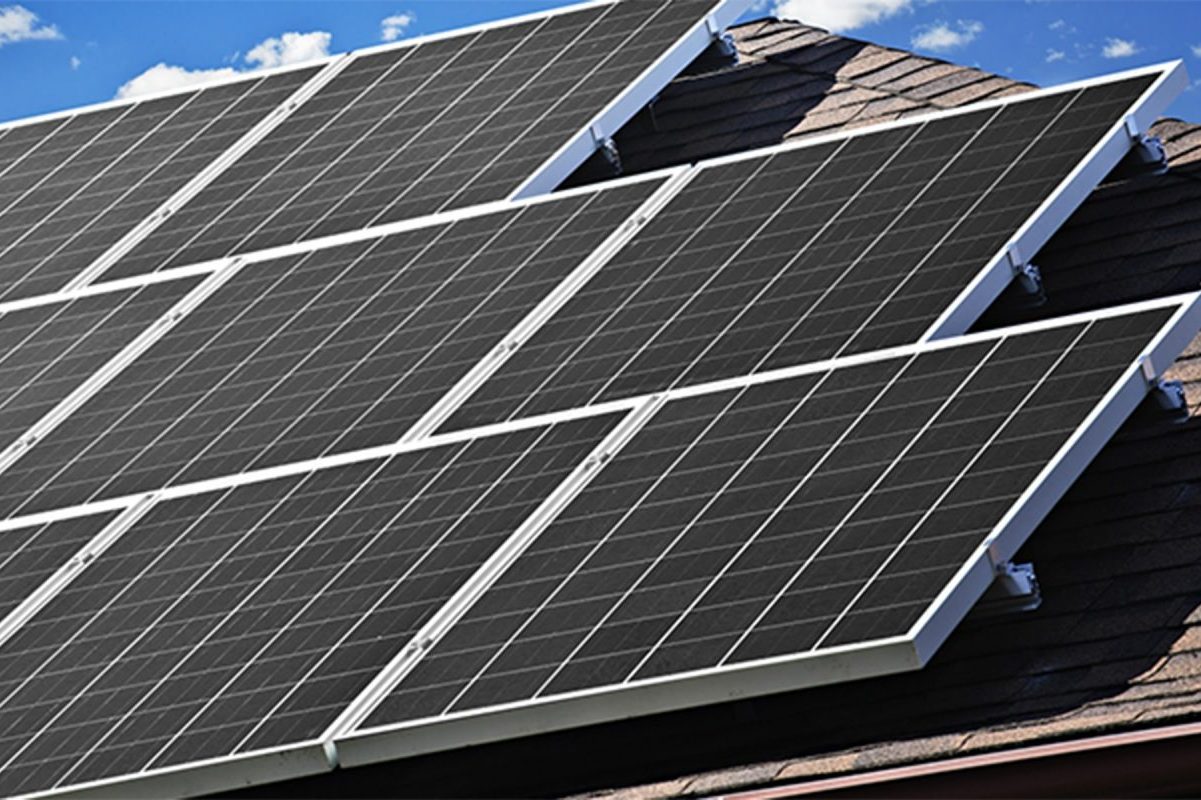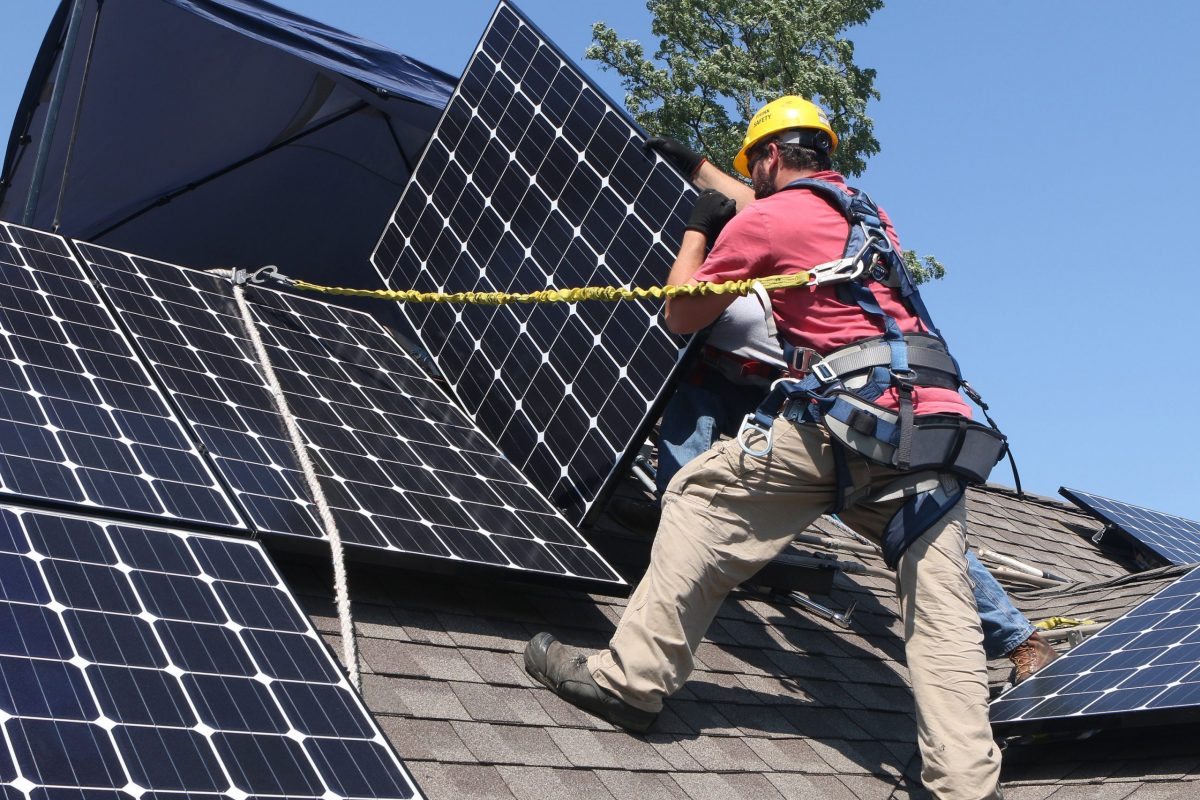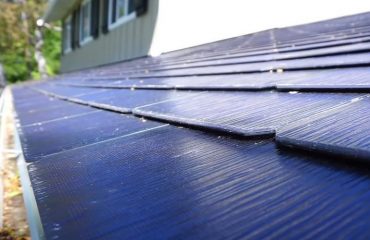Harnessing the sun’s energy is a smart investment, but how much does it actually cost to install solar panels? The price tag for going solar depends on several key factors:
• System size: The number of panels needed to power your home
• Equipment: The quality and efficiency of panels and inverters
• Labor: Installation complexity and local contractor rates
• Incentives: Federal and state tax credits, rebates, and net metering
On average, residential solar systems cost between $15,000 to $25,000 after incentives. However, with financing options like $0-down solar loans, most homeowners see immediate savings on electric bills. Over 25 years, solar can save $10,000 to $30,000.
Going solar is an investment that pays for itself. By understanding the factors that impact cost and taking advantage of incentives, you can minimize upfront expenses and maximize long-term savings. The first step is getting a personalized quote to see exactly how much solar can save you.
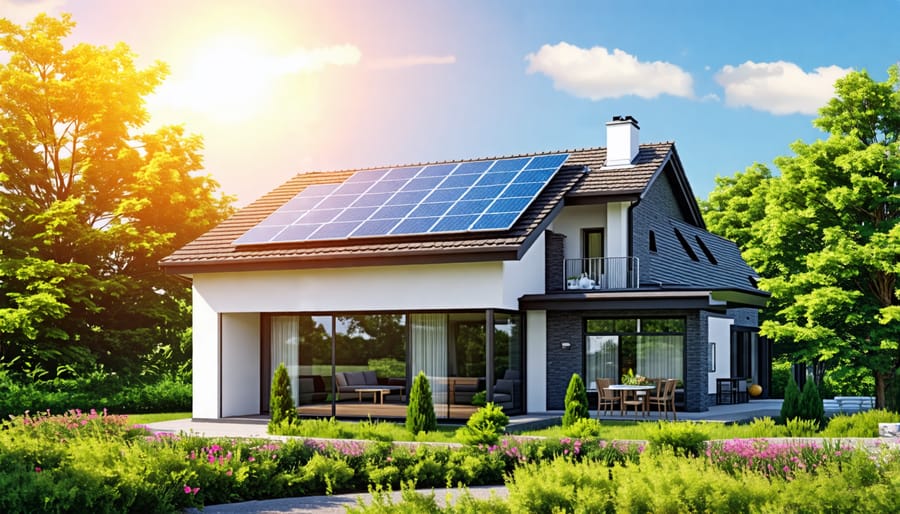
Factors That Determine Solar Installation Costs
System Size
The size of your solar power system, determined by the number and wattage of panels, is a key factor in the total installation cost. A larger system with more panels will generate more electricity but also come at a higher price point. Typically, residential solar systems range from 3 to 10 kilowatts (kW), with an average 6kW system consisting of about 20 panels.
The cost per watt decreases as system size increases due to economies of scale. While a smaller 3kW system might cost around $4 per watt, a larger 10kW system could drop to $3 per watt. For a 6kW system at $3.50 per watt, the total cost would be approximately $21,000 before incentives.
To determine the optimal system size for your home, consider factors such as your energy consumption, available roof space, and budget. A professional solar installer can help assess your needs and recommend an appropriately sized system to maximize your energy savings and return on investment.
Equipment Quality
The quality of solar equipment can significantly impact the overall cost of installation. Budget solar panels and inverters may have lower upfront costs but often come with shorter warranties and lower efficiency ratings. Premium solar panels, such as monocrystalline panels, boast higher efficiency rates and longer lifespans, which can translate to greater long-term savings on energy bills. Similarly, high-quality inverters offer improved reliability and performance. While premium equipment may have a higher initial price tag, investing in quality components can ensure optimal system performance and durability. Homeowners should also consider innovative solutions like solar shingles, which seamlessly integrate into rooftops and provide both aesthetic appeal and energy production. Ultimately, the choice between budget and premium equipment depends on individual priorities, budget constraints, and long-term energy goals. Consulting with a reputable solar installer can help determine the best equipment options for your specific needs and budget.
Roof Characteristics
The size, pitch, material, and accessibility of your roof can significantly impact the cost of installing solar panels. Larger roof areas require more panels, increasing overall costs. Steeply pitched or complex roofs are more challenging to work on, leading to higher labor expenses. Asphalt shingles are the easiest and most affordable to install on, while tile, slate, or metal roofs may necessitate specialized mounting equipment and expertise, driving up costs. Readily accessible roofs reduce installation time and labor, whereas hard-to-reach or obstructed areas can complicate the process and raise prices. Consulting with a professional solar installer is the best way to assess your roof’s suitability and get an accurate cost estimate tailored to your specific situation.
Labor and Permitting
Labor costs for solar panel installation typically range from $0.50 to $1.20 per watt, depending on the size and complexity of the system. For an average 6kW residential solar array, expect to pay between $3,000 and $7,200 for installation labor. Licensed electricians and experienced solar technicians ensure your system is installed safely and efficiently, adhering to local building codes and industry best practices.
In addition to labor, you’ll need to account for permitting fees in your solar installation budget. Building permits are required to legally install solar panels, ensuring the system meets safety and zoning regulations. Permit costs vary by location but typically fall between $200 and $500. Your solar installer will usually handle the permitting process on your behalf, including the fees in their overall project quote. While these costs add to the upfront investment, they provide peace of mind that your solar array is compliant and secure.
Average Solar Panel Costs by Location
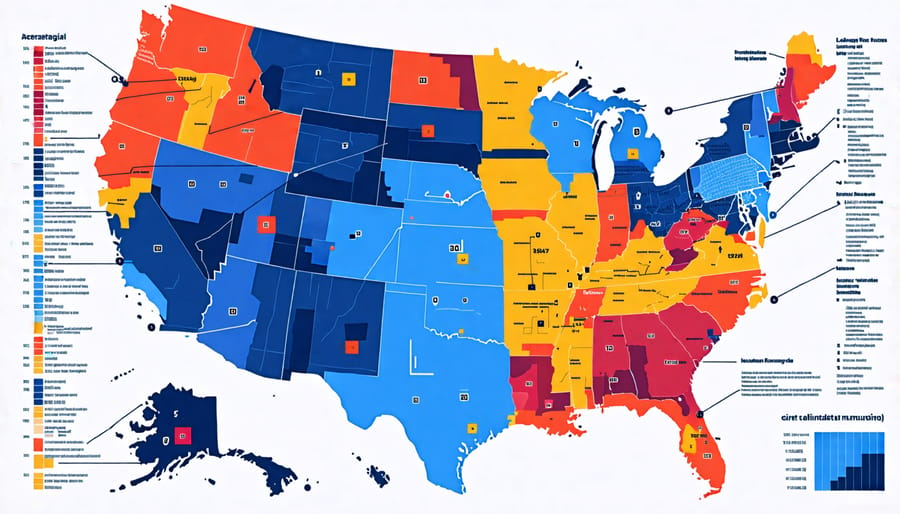
Solar Prices by State
Solar installation costs vary by state due to factors like local incentives, electricity rates, and solar irradiance. According to recent data, the most expensive state for solar is Alabama, with an average cost of $2.73 per watt. On the other end of the spectrum, Arizona boasts the lowest average cost at $2.33 per watt. To put this into perspective, a typical 6 kW system would cost around $16,380 in Alabama and $13,980 in Arizona before incentives. However, many states offer substantial rebates and tax credits that can significantly reduce the upfront cost of going solar. It’s essential to research your state’s specific incentives to get a more accurate picture of your potential savings. Regardless of your location, switching to solar power can lead to long-term financial benefits through reduced energy bills and increased home value.
Why Prices Vary by Location
The cost of solar power installation can vary significantly depending on your location due to several factors. Local policies and incentives play a crucial role in determining the final price. Some states and municipalities offer generous rebates, tax credits, or grants for solar installations, which can significantly reduce upfront costs. Additionally, labor rates for solar installers can differ from one region to another based on the local cost of living and market demand. Areas with higher labor costs may see slightly higher installation prices. However, even in locations with fewer incentives or higher labor rates, the long-term savings on electricity bills often outweigh the initial investment.
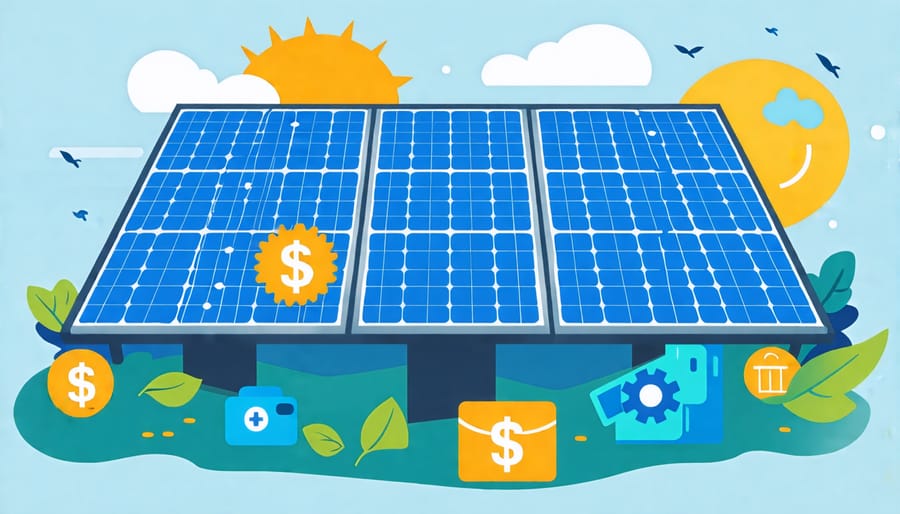
Solar Incentives That Lower Your Costs
Federal Solar Tax Credit
The federal solar tax credit, also known as the Investment Tax Credit (ITC), allows homeowners to deduct 30% of their solar installation costs from their federal taxes. This incentive significantly reduces the upfront cost of going solar. For example, if your solar system costs $20,000, the ITC would save you $6,000 on your taxes. The ITC applies to both residential and commercial solar installations, and there is no cap on its value. To be eligible, you must own your solar panels and have them installed before December 31, 2032. By taking advantage of the ITC, you can substantially lower your solar investment and enjoy the benefits of clean energy for years to come.
State and Local Incentives
In addition to federal tax credits, many states and local governments offer their own incentives for solar panel installations, further reducing your out-of-pocket costs. For example, some states provide cash rebates based on the size of your solar array, while others offer property tax exemptions for the added value of your solar panels. Certain utilities even provide performance-based incentives, paying you for the electricity your system generates. These local incentives, combined with federal tax credits, can significantly lower the upfront cost of going solar, making it an even more attractive investment for your home and the environment.
Financing Options to Make Solar Affordable
While the upfront cost of solar panel installation can seem daunting, there are several financing options available to make going solar more affordable. One popular choice is taking out a solar loan, which allows you to spread the cost of your system over several years with fixed monthly payments. Solar leases and Power Purchase Agreements (PPAs) are two other alternatives that require little to no money down. With a solar lease, you rent the panels from a provider for a set term, while a PPA involves paying for the electricity generated by the panels at a locked-in rate, often lower than your current utility costs. These options enable homeowners to start saving on their energy bills immediately without the burden of a significant initial investment. Be sure to compare the long-term costs and benefits of each financing route to determine which one best aligns with your budget and energy goals. With the right financing in place, you can enjoy the many advantages of clean, renewable solar power without breaking the bank.
Installing solar power can be a smart investment for your home, offering long-term energy savings and environmental benefits. While the upfront costs may seem daunting, there are numerous incentives and financing options available to make going solar more affordable. By understanding the factors that influence solar installation costs, such as system size, equipment quality, and local incentives, you can make an informed decision about whether solar is right for your home. To get a clearer picture of what solar power would cost for your specific situation, it’s best to explore personalized solar quotes from reputable installers in your area.

